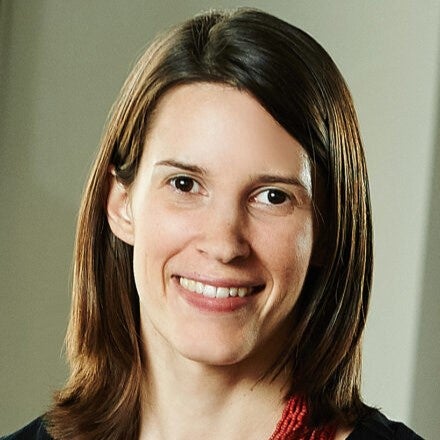“Next Gen” Donors Are Here Now

The generational cohorts commonly referred to as “Next Gen” among fundraisers, advisors, wealth managers and others are usually Millennials and early Gen Zers—but these groups aren’t so next these days, they’re solidly now. In fact, 20-to-34 year olds made up the largest share of the U.S. population in 2021. Millennials and even their younger counterparts in Gen Z now hold major roles in government, business and the social sector. Many have families, careers and are entering their prime earning years.
Like so much else in their lives, these younger donors approach philanthropy and giving in their own way. And while any individual member is of course, unique—with their own values, priorities, challenges and circumstances—there are still a number of overall generational shifts occurring that philanthropy and financial professionals will do well to note.
So, what can nonprofit professionals, advisors, family members and others learn about younger donors and the way they’re conducting their philanthropy? We’ve assembled some recent insights below just in time for this season of family gatherings, giving and generosity.
They Want to Establish an Individual Philanthropic Identity
- Younger donors value finding their own way. For those whose parents or families have an established giving tradition, many may adopt elements of those approaches, but young donors are largely self-directed. They are solidifying their own charitable priorities, which often stem from factors like worldview, faith, political outlook, lifestyle commitments, personal identity and lived experience—all of which likely differ in ways big and small from previous generations.
- Out of those contacted in a recent Bank of America survey, a 76 percent majority agreed that they wanted to pursue a philanthropic path independent of their predecessors, with young women more likely than their male counterparts to agree—88 percent of women compared to 69 percent of men.
They Respond to Real World Needs
- One count found that donors aged 25 to 34 were the most generous age cohort during the COVID-19 pandemic. Three-quarters of those donors made donations compared to the overall population’s 64 percent. As the first generations to come of age in the internet era, younger donors are highly attuned to the news cycle and motivated to give responsively and continuously to their top causes.
- Younger donors have been activated not only by COVID-19, but by the series of events and crises since. A Blackbaud survey found that younger donors have led the way in terms of increased giving amid the pandemic as well as the racial justice movement and political and economic turmoil that has followed. About half of Millennials and Gen Z respondents increased their giving in 2020, and about 60 percent of donors in each cohort gave to a new organization that year.
- The power of the ask meets a new generation: a Wells Fargo survey indicated that younger donors just say “yes” more when asked to donate. Younger donors responded positively to fundraising appeals and asks at about a ten percent higher rate than the general population.
They Dig Data
- Younger donors are more likely to track the use and impact of their donations—and make charitable decisions accordingly.
- They rely on online reputation, reviews and branding to make informed charitable decisions. A Blackbaud study indicated that the top sources of information on charities for younger donors were search engine results, social media and website homepages.
They’re More Likely to Give Through a Structured Vehicle
- According to the Bank of America study, younger donors are two to three times more likely than philanthropists from older generations to facilitate their generosity through a structured giving vehicle, like a donor-advised fund.
They Invest Sustainably
- Most of those surveyed in the Bank of America study reported at least some holdings in sustainable investments, with women and people of color being the most likely to say that they make a tangible effort to invest in companies with leading environmental or social practices. Many younger donors see impact investing as an extension of their charitable efforts and values.
Younger donors do things differently, but advisors, family members, fundraisers and others shouldn’t be intimidated or afraid to broach the subject of giving with young donors. On the contrary, they’re likely passionate about their causes and interested in having an authentic discussion on their values, priorities and giving principles.
You can engage young donors by listening to their perspectives, interests and ideas. You may find common ground and share ways to collaborate or open up your network to support a young donor’s interests. Or you may find that there are things to learn from their approach to giving, investing and their overall philanthropic values that inform your own giving. Start the conversation; younger donors are already making an impact—and they will welcome the discussion of how to take action today and for the future.
NPT is not affiliated with any of the organizations described herein, and the inclusion of any organization in this material should not be considered an endorsement by NPT of such organization, or its services or products.
NPT does not provide legal or tax advice. This blog post is for informational purposes only and is not intended to be, and shall not be relied upon as, legal or tax advice. The applicability of information contained here may vary depending on individual circumstances.


